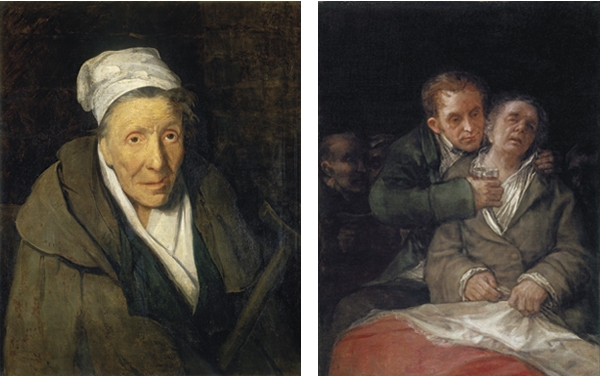It must have been hard to settle on a title for this book; but then this is not the book that Richard Cork originally had in mind. In his introduction to The Healing Presence of Art he describes how he was approached to write on the contemporary role of art in hospitals, but in beginning the research for this he became aware, as he puts it, ‘of the rich, complex and largely overlooked tradition’ to which modern art and medicine are the heirs.
It is this vast hinterland that forms the theme of Cork’s book. It is neither ‘art in hospitals’, nor ‘art and medicine’ nor ‘art as therapy’ but all these things and more. Its subjects range from a Sansepolcro altarpiece and a reliquary in Bruges, through Rembrandt’s ‘Anatomy Lesson’ to Cibber’s Bedlam figures, Jan Steen’s satires, Goya, Hogarth, Van Gogh, Frida Kahlo, José Clemente Orozco in Guadalajara and Chagall in Jerusalem. It deals with art as decoration and description, as spiritual comfort and admonition; art as cure, art as an act of compassion or gratitude, art as an outlet for mental anguish and art created to loosen the purse strings. It encompasses frescos, ceramics and bronzes, swagger portraits, watercolours, stained glass and great architectural projects; it deals with the irony of elaborate decorative schemes for paupers, and with the long and parallel traditions of quackery and medical dedication. Above all, it concerns itself with the compassion and intelligence which have made art the ‘healing presence’ of the title’s claim.
The result is a massive and beautifully illustrated compendium, putting into context images which may have lost all association with their original purpose and re-uniting on the page works geographically blown to the winds.








Comments
Join the debate for just £1 a month
Be part of the conversation with other Spectator readers by getting your first three months for £3.
UNLOCK ACCESS Just £1 a monthAlready a subscriber? Log in